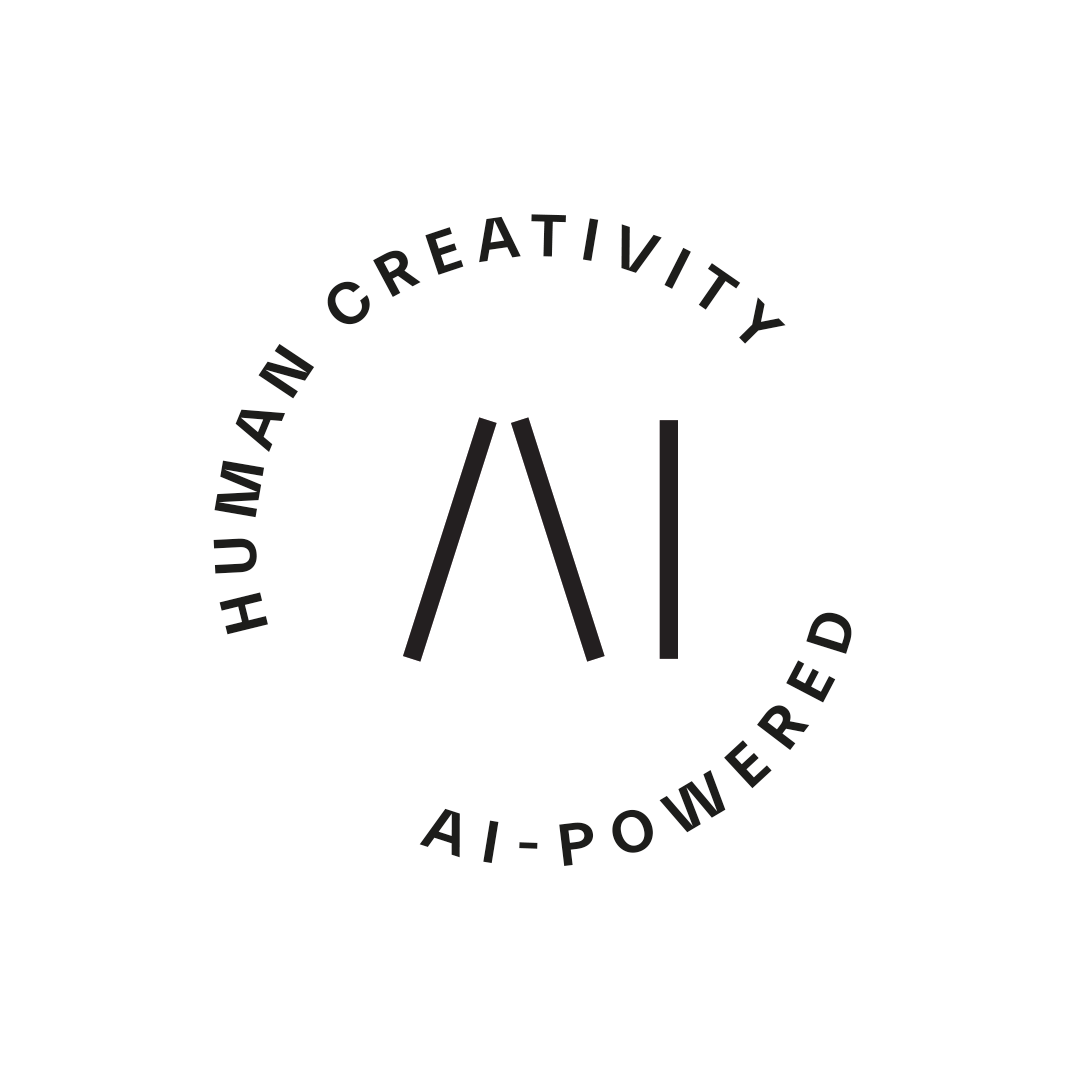Data // Experience Design // Future Digital Opportunities // Digital Business Development // Change Management // Digital Experience // Data & AI // Design Services
Contact Us → Contact Us →Digital customer experience, DX, has become a strategic viewpoint in the intensified competition between organizations. The organizations who fail to deliver a seamless interplay between relevant content, easy experience, and continuous services from the first touchpoint throughout the entire journey, will lose their customers to the competitors, who are just a click away.
DX development is a customer-centric approach complemented with data-driven methodology to strengthen the necessary customer understanding, blended with continuous development to meet the changing demands.
Key points to keep in mind when creating seamless digital experiences
1. Clarify the frame
2. Define suitable metrics and data collection methods
3. Empathize with your customer
4. The ability to act upon these insights
1. Clarify the frame
Journey mapping is a well-known tool for strategizing on how we aim to create a great digital experience. It helps to plan experiences, but it is simply a static visualization. The orchestration and control of every touchpoint is crucial in piecing the whole digital journey together into a seamless experience. There is a need for an approach that operationalize dynamically the design choices into continuous operational processes – data-driven approach.
First you need to clarify the business purpose and set up the strategic goal for each stage. The data-driven approach should be primarily motivated by the question of “what kind of business results we want to achieve” instead of “what kind of software solutions we want to build”.
After the strategic objective has been defined, the data-driven approach turns its focus to identify data needs. Data is not the purpose in itself, but rather a collected driver for business purposes. To answer the question of “what kind of data we need” (instead of “what kind of data we have”), we cluster the digital journey map into segments that correspond with separate stages of the digital journey and recognize the related interactions. Each stage presents a common strategic goal and groups multiple touchpoints with the shared purpose within the overall journey. That can be done, for example, in four stages: awareness, interest, engagement, and retention.

2. Define suitable metrics and data collection methods
When you have defined the frame and set up the strategic objectives, you need to identify and prioritize metrics. First, the key KPIs need to be tracked within each stage. Depending on what you aim to accomplish in each stage of digital journey, the customized KPI set allows you to zoom in to the alignment within different journey phases.
These decided, trackable KPIs will work as your datapoints and change your static visualization into a dynamic journey analytics strategy. Your efforts on this planning phase will contribute to how much your datapoints will generate insightful information. The more detailed data collection plan, the more valuable data the DX will gain.
In real-life, this can be seen e.g. while defining key performance indicators for the SEO program. The overall goal is driving the data measures. When the purpose is driving higher numbers and more qualified visitors to purchase products, the typical KPIs are visits, orders, and revenue. If these adjustments are viewed individually, they might seem like minor improvements, but when these trivial pieces are combined together, the step-by-step-achieved impact on site's performance becomes noticeable.

The first challenge is often how to acquire the necessary data that is needed for KPIs. The critical lesson is to collect data precisely at the origin of creation. That can be achieved with effective quality controls and precise metadata.
The discontinuity between digital touchpoints is another very typical challenge. Customer data does not flow between systems, and siloed information will create gaps to the final experience. Without integrated databases and systems, it can be incredible difficult to get the best out of the collected data and create a seamless journey. Digital experience platforms are real-life applications of integrated software systems with the purpose of to deliver, manage, and optimize the customer's journey across digital touchpoints and systems.
3. Empathize with your customer
To obtain insight of customers, analysis is the optimal way to organize and examine their data from different sources with the goal of knowing exactly what correlates with success. To reveal patterns, correlations, and cause-and-effect relationships between factors, the answers to the questions arise from the business context. Operational data is there for you to pinpoint what works for getting more online traffic, but it will always fall short of explaining why a specific something works. The behavioural data answers to that. This kind of combined understanding gives organizations a nuanced understanding of actual experiences and helps to reach the gap between what customers are trying to achieve and how they want to achieve it, and what causes possible frustration along their digital journey.
There has been a lot of discussion about personalizing the customer experience and transactions. To be able to personalize content, you need to understand the interests, problems, wants and needs. Customer segmentation and profiling are tools to gain this kind of wide understanding. They are two sides of the same coin aimed to make sure the right audience is targeted with the best messages at the right time.
Customer segmentation bases on dividing customers into specific groups that share specific characteristics based on demographics, geographies, buying behaviour, interest and so on. Whereas customer profiling tries to know customers better and describe their types as persona profiles. The differences between these two sides are slight and often these terms are used in confusion and part of the actions also overlap. Netflix is a great example of high-level personalization. Netflix uses behavioural segmentation, based on a user profile’s favourite genres and information on what the user has watched in the last month. The content adapts to the user’s interest and enables Netflix to deliver hundreds of millions of personalized products.
Segmentation and profiling focus on individual behaviour, while optimization is concerned with a broad set of customers. Optimization is a comparison between different choices for determining which is the best option in the given context. For example, A/B testing is one of the basic tools to compare two versions in purpose to find out which performs better. In the context of DX, optimization implies by version determining how to create relevant and convenient experiences for customers.
Segmentation = needed for targeting
Profiling = needed for personalization = needed for recommendations
4. The ability to act upon these insights
To be truly data-driven, it requires a functioning process to put insights into practice. Data is constantly being collected and updated to go along with the how, what, why, and when your customers are interacting with your organization. Digital systems need to be able to response to the gathered data, insight, and feedback, and therefore the systems are in a constant state of development, adjustment, and improvement. The experience created now will not be the final version, ever.
There is a need for a planned process to draw insights into ideas and optimize the online interactions. Growth hacking provides a data-driven way to work, based on continuous testing. The principles of growth hacking stand for an understanding of your traffic and finding the best possible presentation of your digital experience through the continuous cycle of data collection, analysing, testing, and optimization.
Growth hack optimized DX
Growth hacking itself is a strategic process, which, if applied correctly, can help solve problems that hinder growth. Growth hacking is used to run a digital business and to get more revenue and more customers in to digital channels. The principles of growth hacking aim to fix the barriers that limit the development by combining creative and analytics-based doing with experimenting. It specifically focuses on building and engaging the user base of the business to get traffic and visitors, turn visitors into users, and retain those users as happy customers – to gain growth.
The more you test, the deeper and more complete your understanding will be, enabling you to maximize the efficiency and make customers always at least a bit more satisfied. But before you start testing and optimizing, you need to focus on the goal, and frame the questions and expectations for findings.
The growth hacking model based on data-driven experiments:
- Identify new growth opportunities systematically through analysed data: what hinders the growth?
- Ideate and prioritize ideas: What to do first?
- Define an objective and hypothesis: What we aim to do and why? What is expected?
- Design experiment: How to execute the chosen idea? How is experiment implemented and measured?
- Evaluation and analysis: What data brought forth? What have we learned? What to pivot and what to take further? Is the problem solved, and was the experiment successful?
Written by:
Jonna Selroos
Sources:
https://hbr.org/2020/02/to-improve-data-quality
-start-at-the-source
https://www.qualtrics.com/experience-management/customer/
what-is-digital-cx/
https://www.contentful.com/blog/2021/02/10/
digital-personalization-and-optimization/
https://www.columbiaroad.com/blog/topic/growth-hacking
https://research.netflix.com/business-area/personalization-and-search

